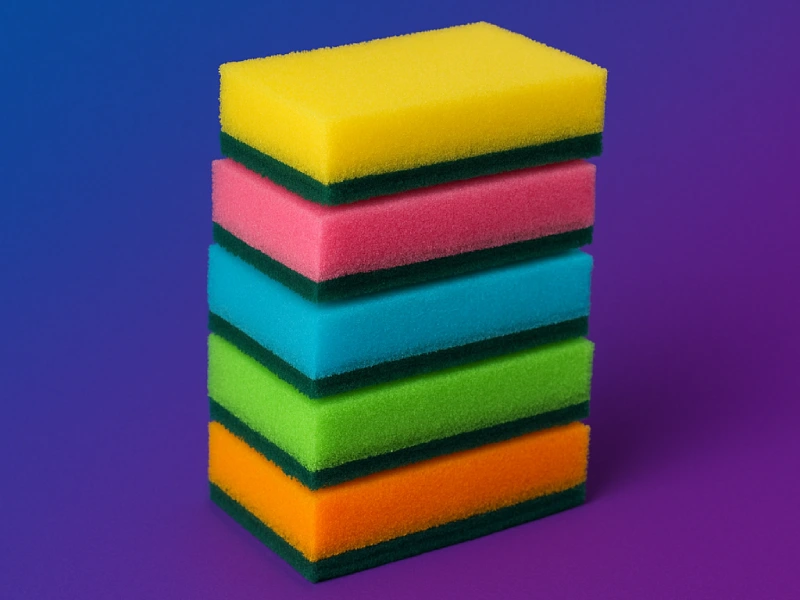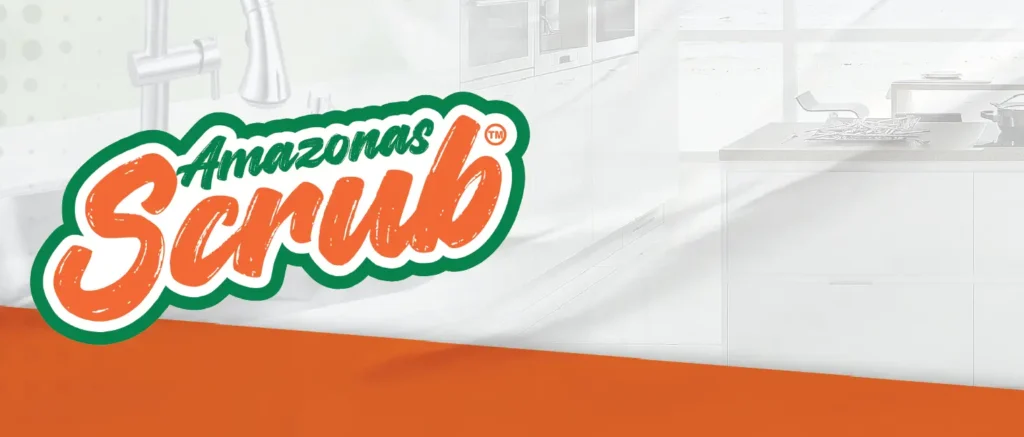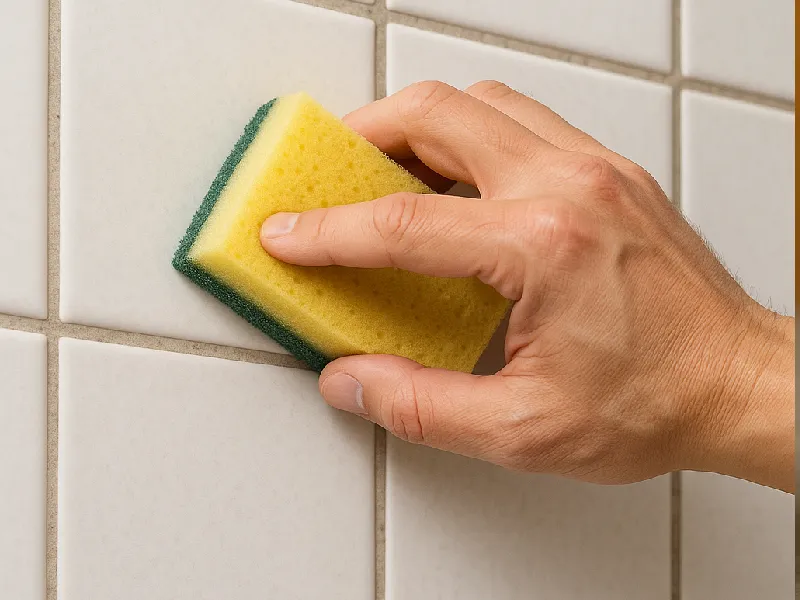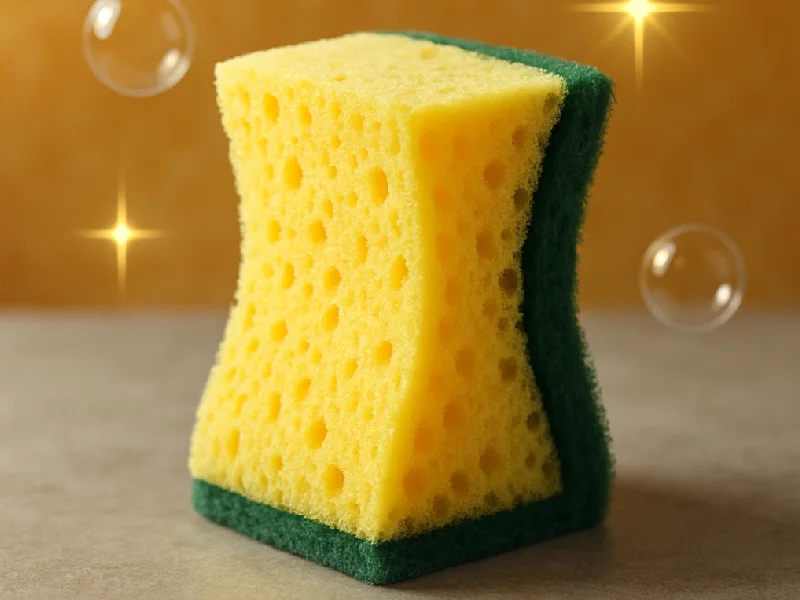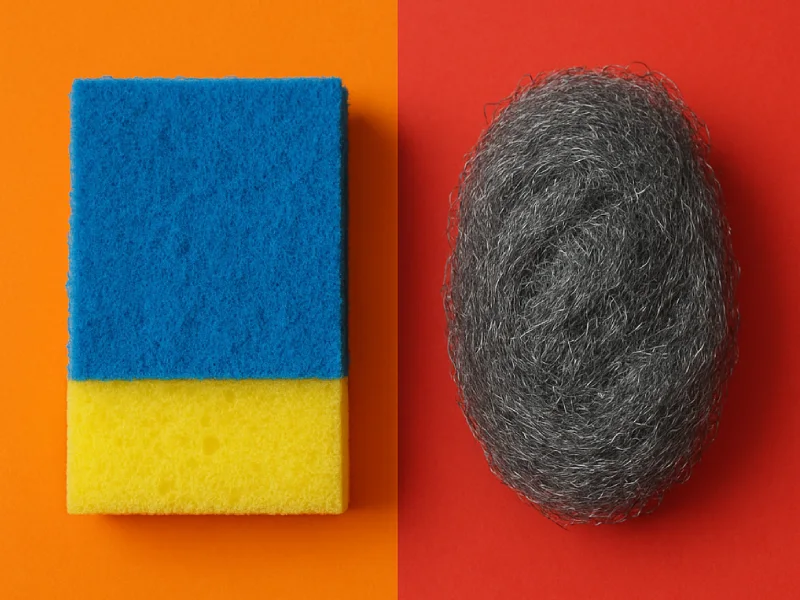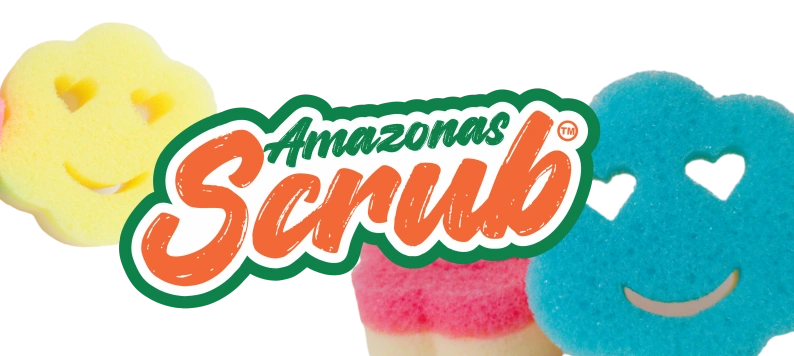Your kitchen sponge is one of the most useful cleaning tools you own, but it can also be one of the dirtiest. Knowing when to replace it isn’t just about keeping things tidy—it’s a crucial step for maintaining a hygienic and safe kitchen.
You’ll learn the recommended replacement timeline, the clear signs that it’s time for a new sponge, and how to keep it cleaner in between changes.
The General Rule: How Often Should You Replace Your Sponge?
For a standard cellulose or plastic kitchen sponge used daily, the expert consensus is clear: > Replace your kitchen sponge every one to two weeks.
This short timeframe is recommended because the warm, moist, and porous nature of a sponge creates the perfect breeding ground for bacteria like E. coli, Salmonella, and Staphylococcus. Even a sponge that looks clean can harbor millions of germs after just a few days of use.
Key Signs Your Sponge Needs to Be Replaced
Sometimes, a sponge won’t even last a full week. Time isn’t the only factor. Look for these clear indicators that it’s time for a replacement, regardless of how long you’ve been using it.
1. Bad Odor (The Most Obvious Indicator)
If your sponge has a sour, musty, or generally unpleasant smell, don’t try to save it. That odor is a direct result of bacterial colonies growing deep within its pores. Throw it away immediately.
2. Changes in Appearance
A fresh sponge is bright and uniform. Look for:
- Persistent Stains: Food particles that won’t rinse out.
- Discoloration: Dark spots or mildew growth.
- Fading: A dull, worn-out look compared to when it was new.
3. Loss of Texture and Effectiveness
A sponge’s cleaning power comes from its structure. It’s time for a new one if you notice:
- It’s Falling Apart: Small pieces are breaking off as you use it.
- It’s Soft and Limp: The sponge no longer holds its shape or feels flimsy.
- The Scouring Side is Worn: The abrasive side is smooth and no longer scrubs effectively.
4. After Cleaning High-Risk Messes
You should replace your sponge immediately after using it to clean up juices from raw meat, poultry, or fish. The risk of cross-contamination is too high to justify keeping it.
How to Keep Your Sponge Cleaner (Between Replacements)
While frequent replacement is essential, you can minimize bacterial growth with proper daily care:
- Rinse Thoroughly: After every use, rinse the sponge with hot water until all food debris is gone.
- Squeeze It Out: Squeeze out as much water as possible. A drier sponge is less hospitable to germs.
- Store It Properly: Let it air dry in an upright position or on a sponge rack where air can circulate freely. Never leave it sitting in a pool of water at the bottom of the sink.
- Sanitize (Optional): You can sanitize a sponge to extend its life by a few days. The two most common methods are running it through a full cycle in the dishwasher (on the top rack) or soaking it in water and microwaving it on high for one minute. Caution: Ensure the sponge is completely wet before microwaving, as a dry sponge can catch fire.
Alternatives to Traditional Kitchen Sponges
If the short lifespan of a kitchen sponge is a concern, consider these more durable and hygienic alternatives:
- Silicone Scrubbers: Non-porous, so they don’t harbor bacteria. They can be easily washed and sanitized.
- Dish Brushes: The bristles dry much faster than a sponge, reducing bacterial growth.
- Microfiber Cloths: Can be thrown in the washing machine with your regular laundry.
Conclusion: A Cleaner, Safer Kitchen
The key to kitchen hygiene is simple: be vigilant with your sponge. Following the 1-2 week replacement rule and watching for the tell-tale signs of wear and contamination will protect you and your family from harmful bacteria. When in doubt, throw it out. A fresh sponge is a small price to pay for peace of mind and a healthier home.

